Choosing an engagement ring can be overwhelming experience, especially for a younger man (or woman) who has never bought a diamond before. In this article we shall explore the various options and point out things to be considered. Not least of which is how much to spend and how to make sure you get value for money - as well as impress your bride to be.
The last thing you want to do is end up over paying (and yes - there are some unscrupulous dealers out there) or to end up with a fake diamond. Although there are plenty of ways to make certain your diamond is genuine, people do get fooled occasionally. As with everything in life - Caveat Emptor (buyer beware) applies.


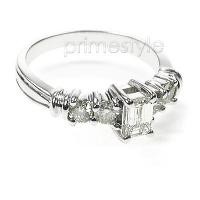 a fool would suggest not gleaning some information from the intended bride. If she hankers for a Princess cut and you hold out a Radiant cut, you are already on a loser. Some styles of cut are appropriate for engagement rings, and some are not, so for goodness sake, take the trouble to investigate which is which - and most importantly - check in with the bride to be! What type of jewelry does she already own? How active is she? Does she prefer modern or antique rings? etc etc. For the purposes of this article, we are going to assume this is a man asking a woman - and for the record - we have no problems with same sex marriage - especially if they buy their rings from us!
a fool would suggest not gleaning some information from the intended bride. If she hankers for a Princess cut and you hold out a Radiant cut, you are already on a loser. Some styles of cut are appropriate for engagement rings, and some are not, so for goodness sake, take the trouble to investigate which is which - and most importantly - check in with the bride to be! What type of jewelry does she already own? How active is she? Does she prefer modern or antique rings? etc etc. For the purposes of this article, we are going to assume this is a man asking a woman - and for the record - we have no problems with same sex marriage - especially if they buy their rings from us!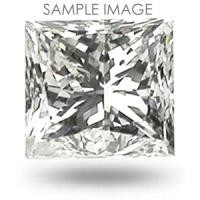 Once you have done these three things, it is time to look at your options and decide what sort of diamond and ring is appropriate.
Once you have done these three things, it is time to look at your options and decide what sort of diamond and ring is appropriate.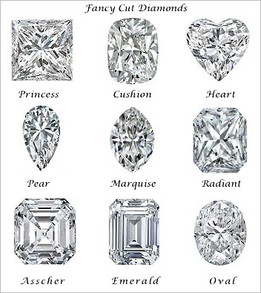
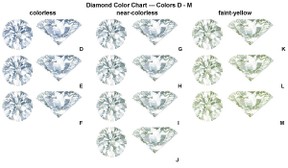
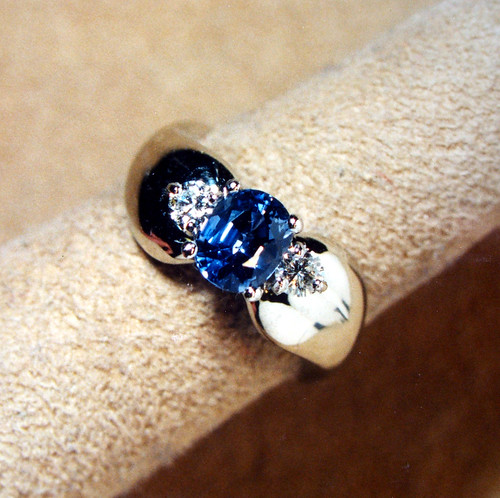
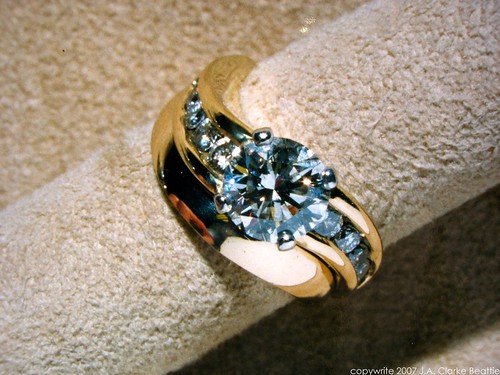
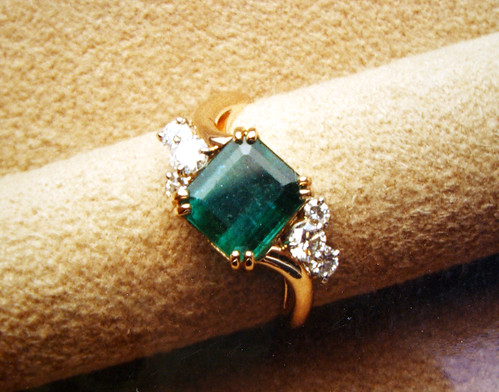

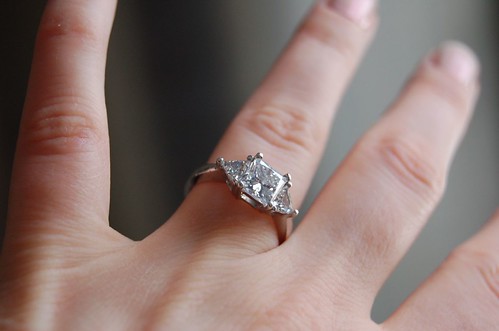
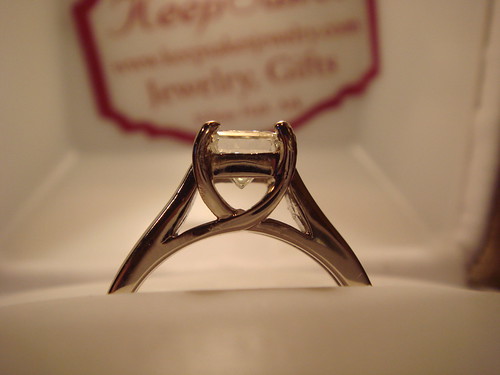
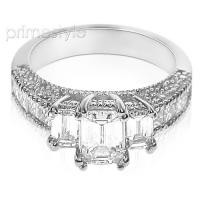

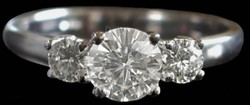
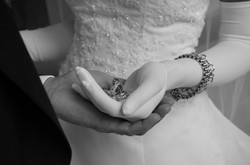
Comments
I like the oval cut diamonds. I echo what katiem said - a very useful guide.
I appreciate this diamond buyers guide. I fall for diamonds so easily but really needed this knowledge. Thanks :)K